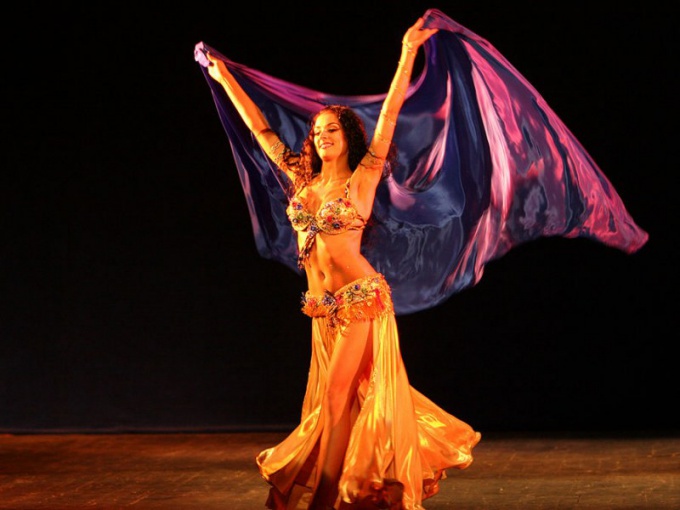History of belly dance
The prototype of the belly dance was known in many ancient civilizations – China, Arabia, Africa, and came from there to the ancient Slavs long before the new era. It is here that the dance was a ritual. It was in the evening and danced with a woman for my man. The main purpose of dance was to show that a woman is beautiful, young, desirable and capable of procreation.
For several centuries before Christ, the Slavic ritual dance came to the East in Asia, together with migrating Slavic tribes. Here it lasted until the 1st century ad without any changes. And only in the new Millennium, some dancers began to charge for the performance. By the 5th century ad the ritual of the dance finally became a secular phenomenon. The cult turned into a entertaining erotic spectacle. Belly dance gradually spread throughout the East and South – India, Ceylon, Japan and even Africa.
By the 7th century, this art is firmly rooted in the name "Arab". And dancers from many countries, including Europe, wanted to get to the East and to grasp all the subtleties of belly dance.
Today there is a real Renaissance of this art, which became popular around the world. The specialists account for more than 50 types of bellydance and 8 main schools of Oriental dance: Turkish, Egyptian, Pakistani, Botswana, Thailand, Bhutan, Aden, Jordan and many more small and insignificant branches. The most popular and common are the Egyptian and Turkish schools of belly dance.
The meaning of dance
This fascinating Oriental dance not by chance is called "belly dance". Because "belly" is life. And the origin of life leads to woman–mother. In ancient times, in different countries this art was connected with the cult of the goddess of fertility. And dance has become the spokesman for the basics of life – conception, pregnancy and birth. The whole eroticism of belly dancing, which has been preserved to the fullest and to this day, was fully justified and had a sacral meaning.
In the old days in Arab countries, belly dancing has had such a big impact, that could change the fate of simple dancers. Girls from poor families could use this art to earn a rich dowry, or even to become a slave mistress.
Even today in Arab countries and in the Caucasus a wedding can not do without this dance. Dancers through their movement symbolically wish the health of young, passionate love for many years, a healthy and numerous offspring.
The healing properties of belly dance
For many people, belly dancing is just beautiful, and erotic Oriental dance. However, apart from the sacred and the aesthetic components of the dance carries a health burden for the female body. It leads to normal functioning of internal organs responsible for reproductive function, strengthens the body, prolongs youth, and has the strongest positive energy.
